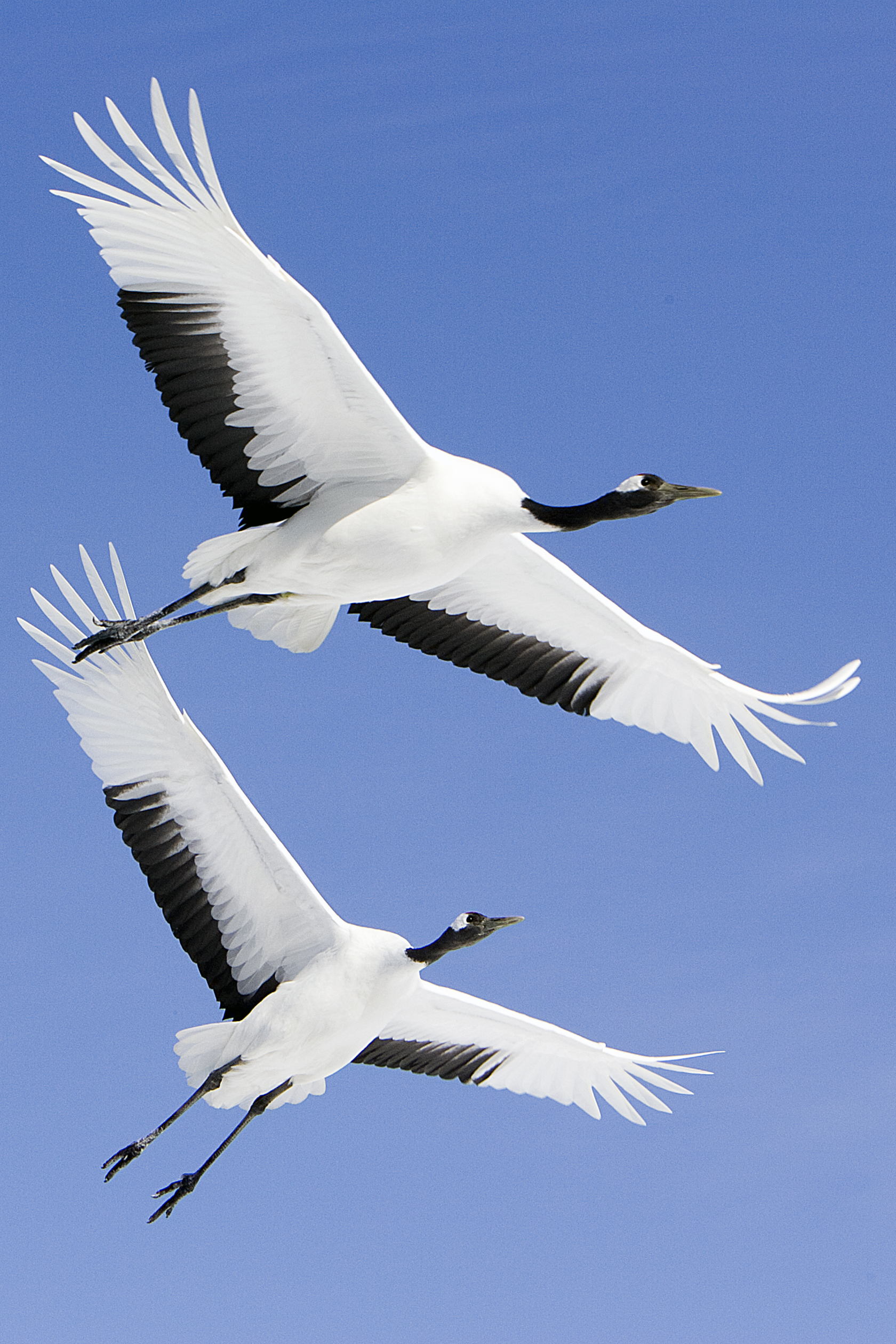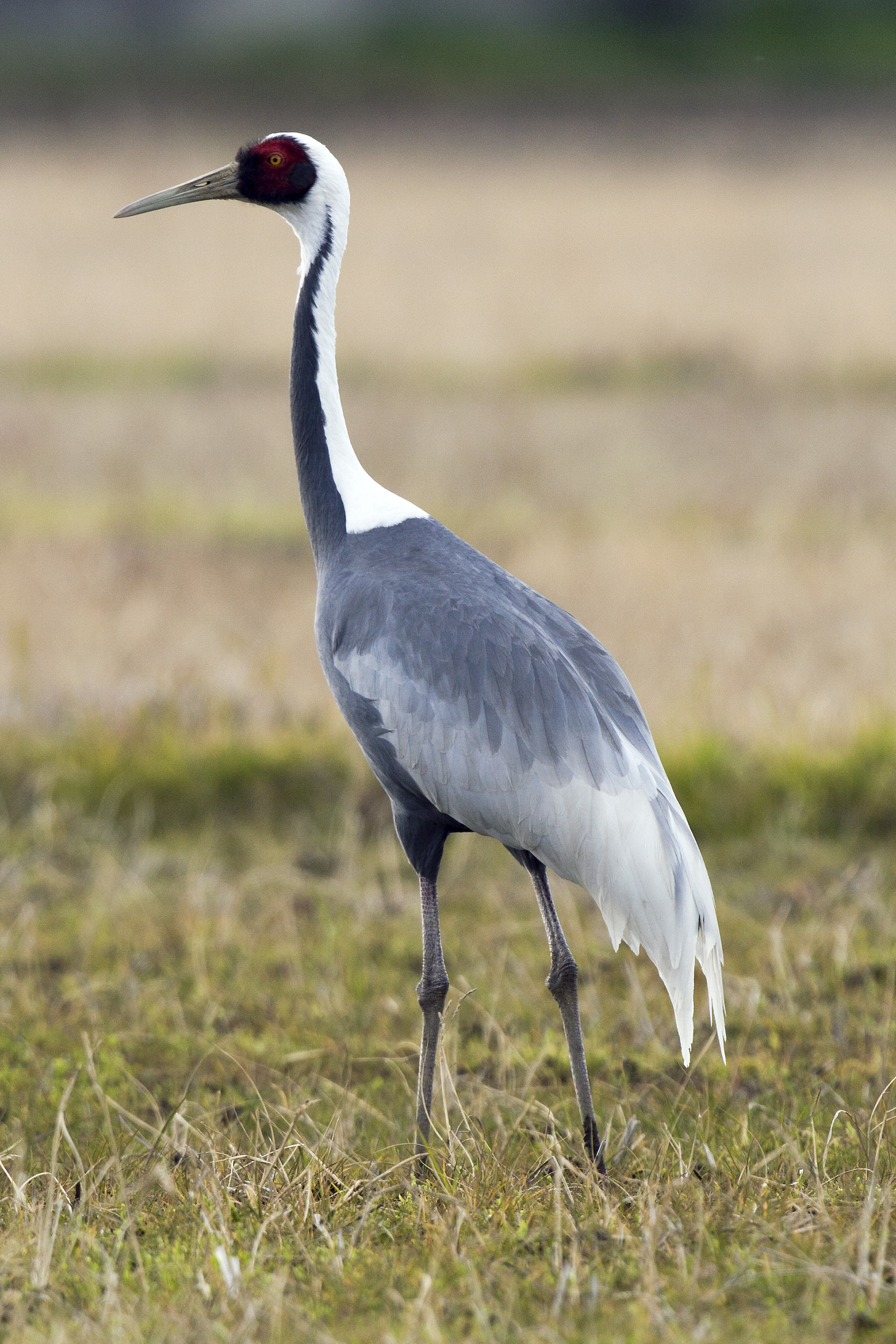Amur Meadow Steppe
The ecoregion’s land area is provided in units of 1,000 hectares. The conservation target is the Global Safety Net (GSN1) area for the given ecoregion. The protection level indicates the percentage of the GSN goal that is currently protected on a scale of 0-10. N/A means data is not available at this time.
Bioregion: Manchuria-Ussuri Mixed Forests & Meadow Steppes (PA46)
Realm: Eastern Eurasia
Ecoregion Size (1000 ha):
12,351
Ecoregion ID:
741
Conservation Target:
34%
Protection Level:
4
States: Russia, China
The expansive rivers, Amur and Songhua, wind through the vast, open plains of this ecoregion. Despite being intensively farmed, they house several endangered bird species such as Blakiston's eagle owl, Oriental stork, and red-crowned crane. Though “possibly extinct,” Siberian or Amur tiger can also be found here, roaming the most remote regions.
The Amur Meadow Steppe covers 123,509 km2 and is divided into two parts between eastern Russia and China. Mostly on the Russian side, the northern section stretches for about 500 km along the midsection of the Amur River, roughly centered at the confluence of its tributary, the Zeya River, where the city of Blagoveshchensk lies. The southern part, separated by the Lesser Khingan Mountains, stretches along the Songhua River on the Sanjiang Plain in China, meeting the Amur River close to the border with Russia in Tongjiang.
.jpeg)
The flagship species of the Amur Meadow Steppe ecoregion is the kaluga sturgeon (Huso dauricus).
This ecoregion moves north-easterly, meeting the Ussuri River at Khabarovsk in Russia, and then carries on for some 80 km in the same direction. Both areas are plains that have been intensively farmed and have a low profile of an average of 126 m in altitude and are made up of small taiga vegetation and agricultural and wetland areas. The average annual temperature is of 1.0 ºC, with a maximum annual average of 26.6ºC and a minimum yearly average of 129.0ºC. The rainfall in this ecoregion is an average of 608.3 mm/year. Climate is continental, mainly dry in winter and hot to warm in summer.
This ecoregion has many species under threat, including the critically endangered Baer's pochard and yellow-breasted bunting and the endangered Blakiston's eagle-owl, Oriental stork, and red-crowned crane. Another critically endangered species in the Amur basin is the Kaluga sturgeon, which is threatened by legal and illegal overfishing. The Amur and Zeya plains are also important migration areas for populations of the Siberian roe deer that travel here in summer, most likely in search of shallow snow and Birch to forage.

Red-crowned cranes in flight. Image credit: Creative Commons
This region also falls in the distribution of the Siberian tiger. To the eastern part of the Amur Meadow Steppe, this species is considered "possibly extinct." Also locally extinct in the east is the Asiatic black bear. The bush lily, a large-shaped bell-like plant that is in the Russian Red List, can be found in the Simonovskiy Zakaznik protected area, as well as Mongolian oak and the Daurian birch.
There are several protected areas in this ecoregion. Simonovskiy Zakaznik, on the north-western part of the ecoregion, was created initially as a hunting reserve in 1963. Four plant species included in the Red Book can be found here, such as the Oxytrope turf, which is locally endemic. Further south, the Murav'evskiy Zakaznik is also recognized as a Ramsar Site in the Zeya-Bureya Plains. This protected area is a unique floodplain and wetland landscape and an important nesting site for the Endangered Oriental Stork and Red-crowned Crane. There is another Ramsar site called the Khingano-Arkharinskaya Lowland which is also crucial for a series of migrating birds.
In China, two Ramsar sites intersect this ecoregion: the Heilongjiang Qixing River National Nature Reserve and the Honghe National Nature Reserve. Further northeast, back in Russia, there are several nature monuments and the Bolshekhekhtsirsky Zapovednik and Khekhtsirsky Zakaznik. Regarding fauna, the Siberian tiger is one of the highlights as well as sika deer and the vulnerable Asiatic black bear. This ecoregion is fragmented and has been heavily farmed, with over 35% converted into cropland (especially on the Chinese side) and an average of 0.25 inhabitants per hectare.

White-naped crane. Image credit: Creative Commons
This region has suffered from soil degradation and exhaustion due to extensive use for agriculture. Logging in the Amur region is prolific due to demand from neighboring China. Fragmentation of habitat is caused by the construction of new highways and the increase in traffic. This can be an issue for migratory species such as the Siberian roe deer and species with large home ranges such as the Siberian tiger. Poaching is also an issue, especially for the Asiatic black bear and the Siberian tiger hunted for their fur, bones, skins, paws, and gallbladders (bears).
The priority conservation actions for the next decade will be to 1) support/finance the application of ecologically friendly agriculture technologies, including recovering areas, already exhausted; 2) strengthen the protected areas network by implementing new areas with connectivity for migrating animals and those with large home range requirements in mind, and 3) strengthen legislation regarding illegal poaching and trade.
Citations
1. Darman, Y., Karakin, V., Marteynenko, A. and Williams, L. 2003. Conservation action plan for the Russian Far East ecoregion complex. WWF, Vladivostok.
2. Tian, Y., Wu, J., Wang, T. and Ge, J. 2014. Climate change and landscape fragmentation jeopardize the population viability of the Siberian tiger (Panthera tigris altaica). Landscape ecology. 29(4), pp.621-637.
3. Newell, J. 2004. The Russian Far East: a reference guide for conservation and development. Daniel & Daniel, Pub, Incorporated.

.png?auto=compress%2Cformat&w=300)

